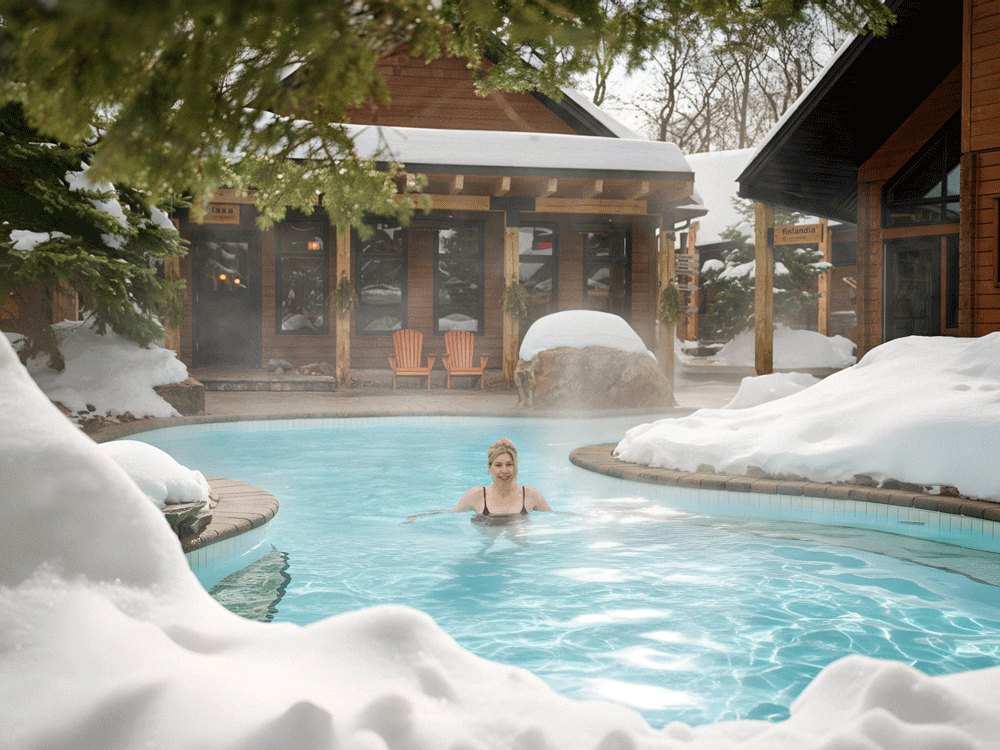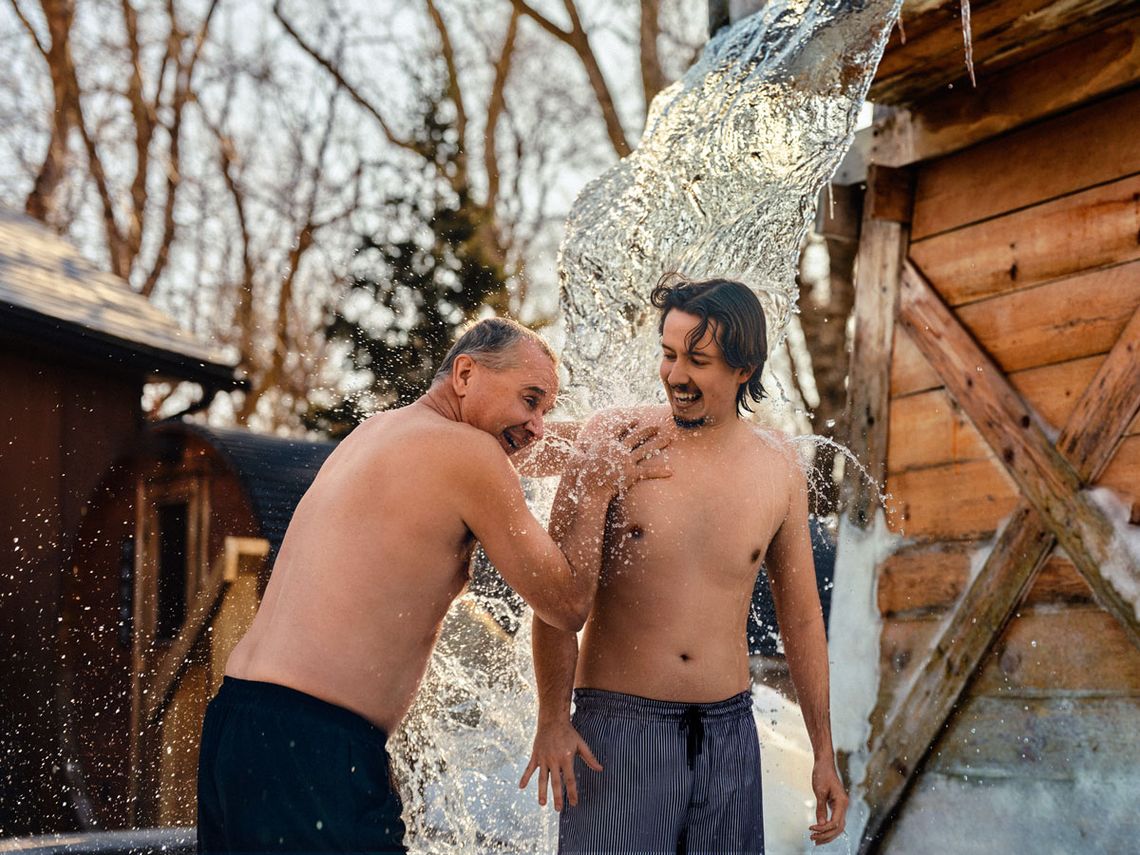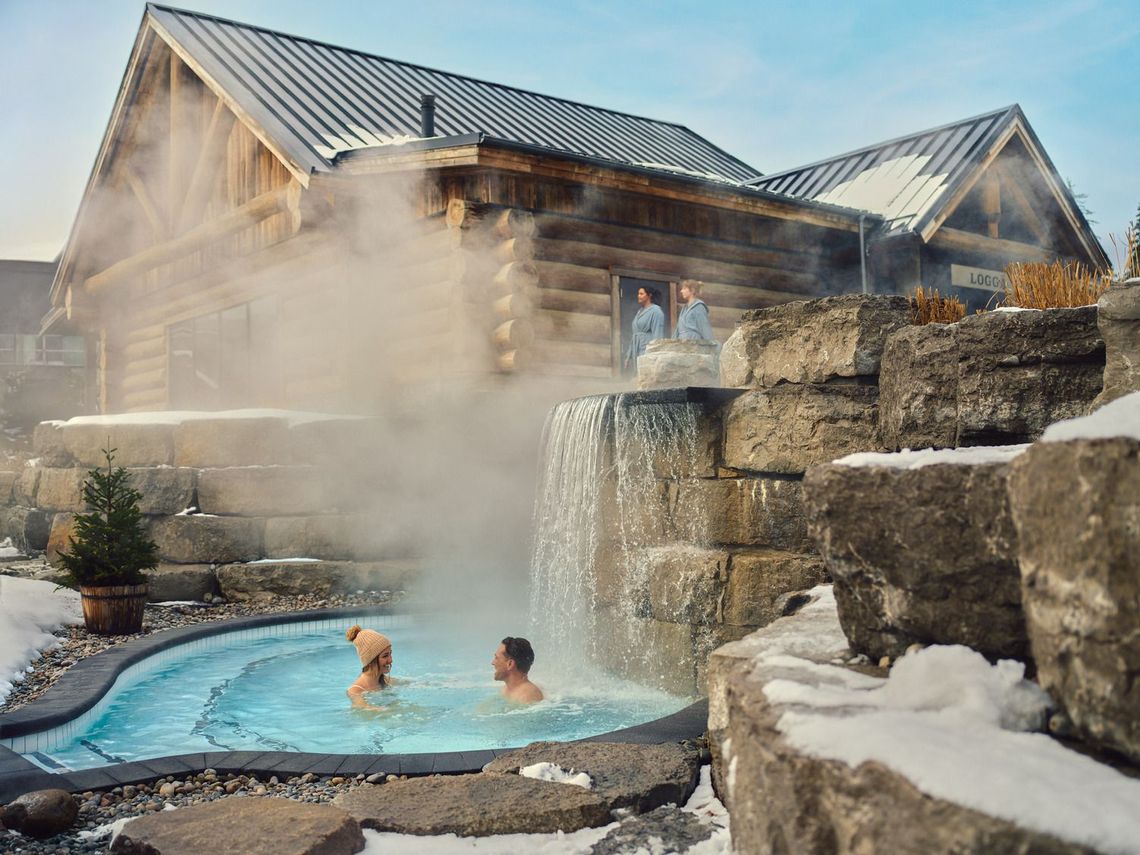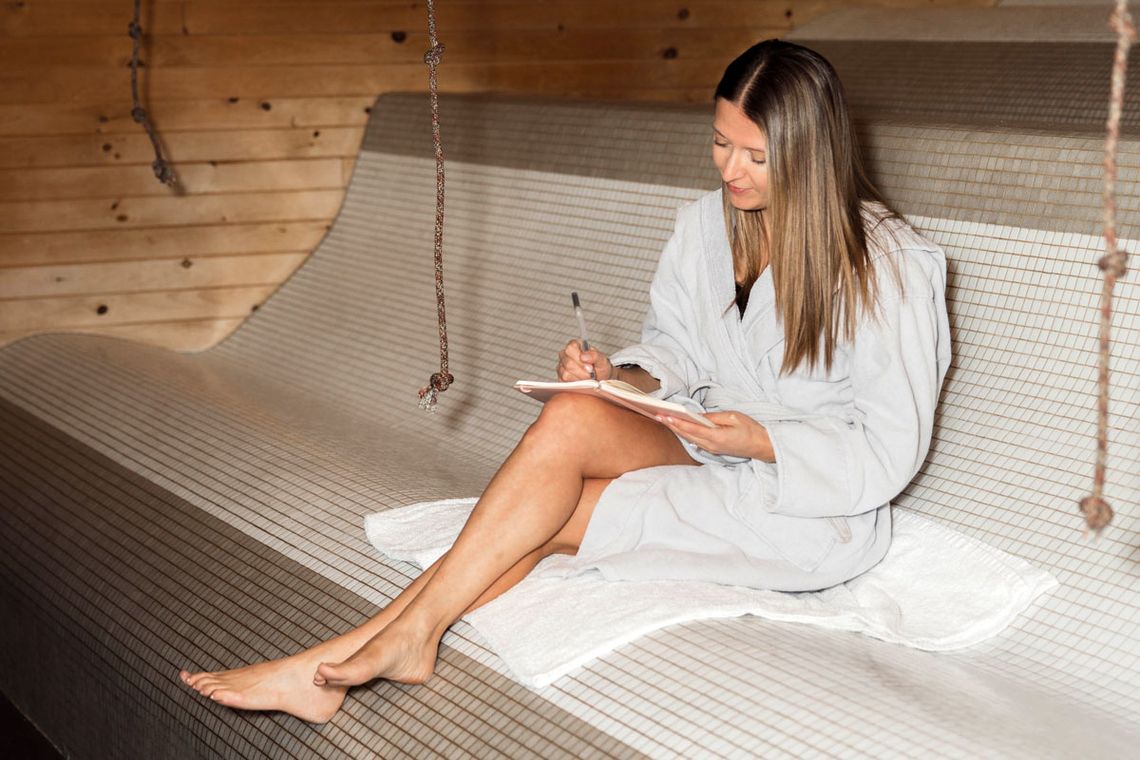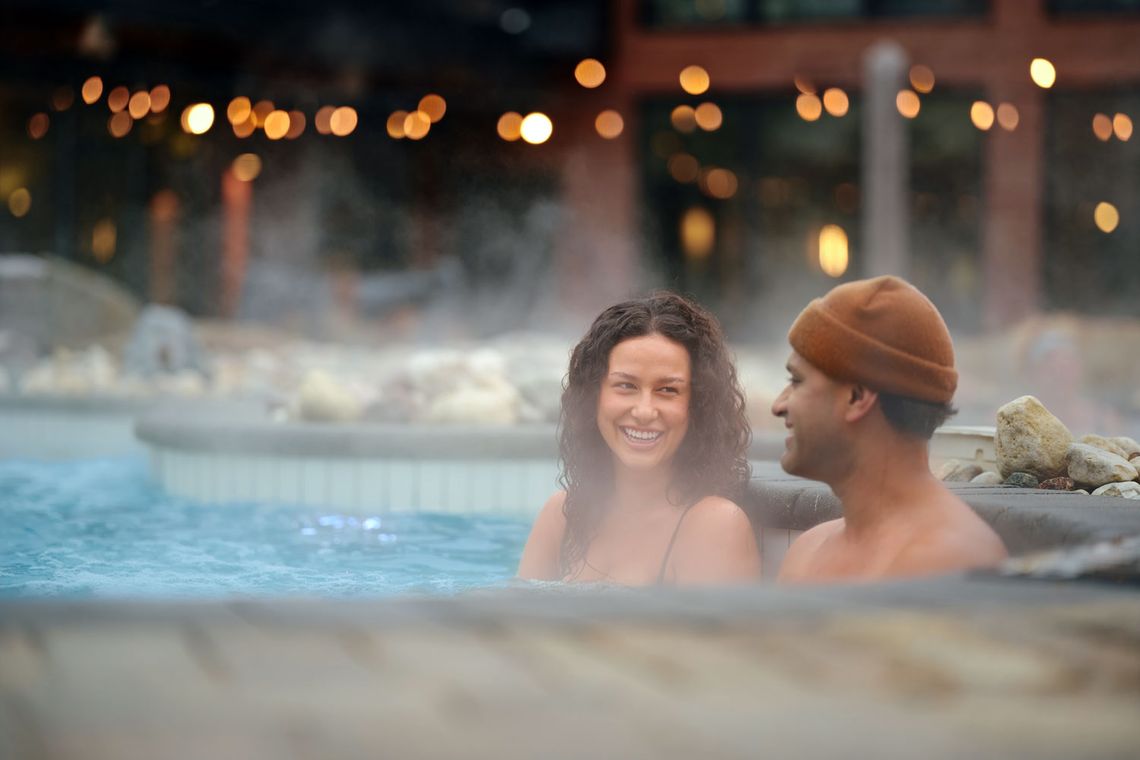In a world constantly rushing forward, one of the most effective tools for physical and mental wellness has remained quietly rooted in the past. The Finnish sauna—an ancient tradition of passive heat therapy—has stood the test of time, offering not only relaxation but powerful health benefits now backed by a growing body of scientific evidence [see Study 1, Study 2 and Study 3]. More than just a cultural ritual, the Finnish sauna is increasingly recognized as a modern therapeutic ally in our quest for longevity, balance, and well-being.
From Tradition to Therapy: Why the Finnish Sauna Is a Modern Health Essential


The Origins of the Finnish Sauna


Sauna bathing is more than a wellness practice in Finland—it’s a cherished way of life that has been passed down through generations. With roots stretching back thousands of years, the sauna has traditionally served as a space for hygiene, healing, childbirth, and spiritual renewal. It’s where people go to unwind, reflect, and reconnect—with themselves and each other.
So central is the sauna to Finnish culture that in 2020, it was inscribed on UNESCO’s list of Intangible Cultural Heritage, recognizing its role in promoting physical and mental well-being, fostering social bonds, and preserving cultural identity. By the end of 2018, Finland—a country of just 5.5 million people—boasted more than 3.3 million saunas. That’s roughly one sauna for every 1.7 Finns, a remarkable testament to its enduring significance.
Today, about 90% of Finns continue to sauna regularly, often with family or friends. For them, the sauna remains a sacred space—one where simplicity, warmth, and connection still matter.
What Is Passive Heat Therapy?


Passive heat therapy—also known as thermotherapy—is the use of elevated temperatures for short periods to promote relaxation, recovery, and healing. This includes a variety of practices such as hot tubs, hydrotherapy, steam baths, Waon therapy, sanariums, infrared saunas, and traditional Finnish saunas. Among these, the Finnish sauna stands out as the most widely used and thoroughly studied.
Built from natural wood and heated to temperatures ranging between 80 °C and 100 °C, Finnish saunas offer a dry environment with a relative humidity of about 10–20%. Bathers sit on tiered wooden benches, allowing for varying levels of heat exposure and good ventilation.
One of the most distinctive and cherished elements of the Finnish sauna is the löyly—the soft, enveloping steam that rises when water is gently ladled onto the hot stones of the sauna stove. This ritual moment doesn’t just raise the humidity; it deepens the sensory experience, wrapping bathers in a wave of heat that is both invigorating and calming. For many, the löyly is the soul of the sauna, transforming a simple heat session into something profoundly restorative.
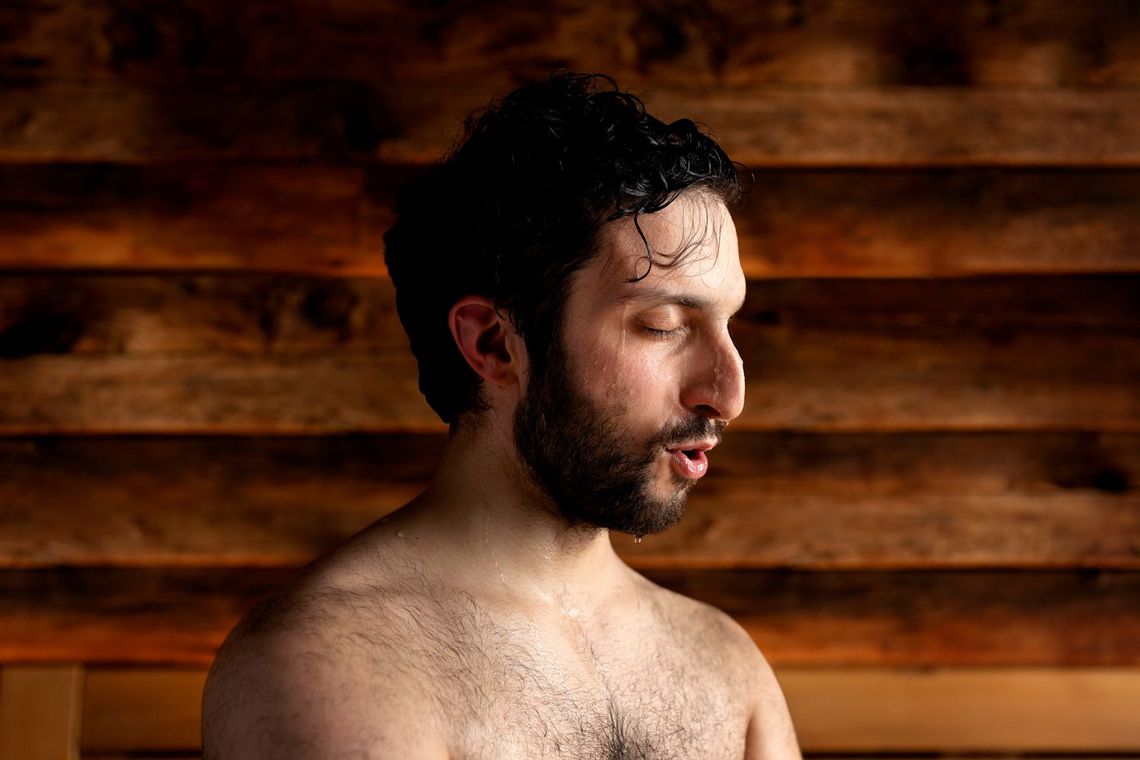
Health Benefits: What the Science Says


Regular sauna use (3–7 sessions per week, 15–20 minutes each session) is associated with a wide range of scientifically supported health benefits which include:
- Reduction in the risk of heart disease [see study 1 and study 2]
- Reduction in the risk of stroke [see study]
- Reduction in the risk of hypertension or high blood pressure [see study 1 and study 2]
- Reduction in the risk of dementia and Alzheimer’s disease [see study]
- Reduction in the risk of respiratory conditions like pneumonia and chronic obstructive pulmonary disease (COPD) [see study 1 and study 2]
- May reduce the severity of COVID infections [see study]
- Reduction in the risk of blood clot disorders [see study]
- Reduction in the risk of death including sudden cardiac death [see study]
- Reduction in the risk of mental health disorders [see study]
- Improved skin physiology [see study]
- Improved physical fitness and synergy with physical activity [see study 1, study 2, and study 3]
- Pain relief and symptom improvement in musculoskeletal conditions (e.g., osteoarthritis, rheumatoid arthritis, fibromyalgia) [see study 1 and study 2]
- Alleviation in tension-type headaches [see study]
- Enhanced health-related quality of life [see study]
- Improvement in the lifespan and may support healthy ageing [see study]
- Counteracts the adverse effects of risk factors such as high blood pressure, socioeconomic disadvantage, and systemic inflammation. [see study 1, study 2, and study 3]
Sauna vs. Exercise: A Surprising Parallel


What makes sauna unique is how closely its physiological effects resemble those of moderate to vigorous physical activity. During a sauna session, heart rate increases, blood vessels dilate, there is increased blood flow to the skin, sweat glands are activated, and there is increased secretion of various hormones—mimicking the cardiovascular response to moderate-intensity exercise such as brisk walking. This makes sauna especially valuable for individuals with limited mobility or those looking to supplement their exercise routine.
When sauna bathing is combined with physical activity—the current guideline being 150–300 minutes of moderate or 75–150 minutes of vigorous-intensity exercise per week—the health benefits are even more striking. [see study] This synergy enhances fitness levels, reduces inflammation, stimulates the immune system, and helps mitigate adverse lifestyle factors, including stress and socioeconomic disadvantage.
The Hidden Workings of Sauna Wellness


The physiological effects and health benefits of sauna bathing are driven by multiple biological pathways:
- Reduces blood pressure levels
- Improves lipid levels
- Reduces systemic inflammation and oxidative stress
- Stimulates hormonal changes, including increases in plasma renin, cortisol, and growth hormone
- Boosts endorphin levels, contributing to feelings of well-being and relaxation and pain relief
- Boosts the growth of new brain cells by increasing levels of natural brain-boosting proteins
- Improves lung function and ventilation
- Reduces pulmonary congestion
- Enhances immune function and resilience
- Reduces susceptibility to common colds and infections
- Improves fitness levels
A Therapy for Modern Life


The Finnish sauna’s enduring appeal lies in its simplicity, accessibility, and deeply restorative qualities. As part of the Spa Villages experience, sauna bathing is reimagined as a refuge—where nature, tradition, and wellness converge. Whether you seek calm, community, or preventive care, the sauna offers a scientifically grounded solution to modern life’s chaos.
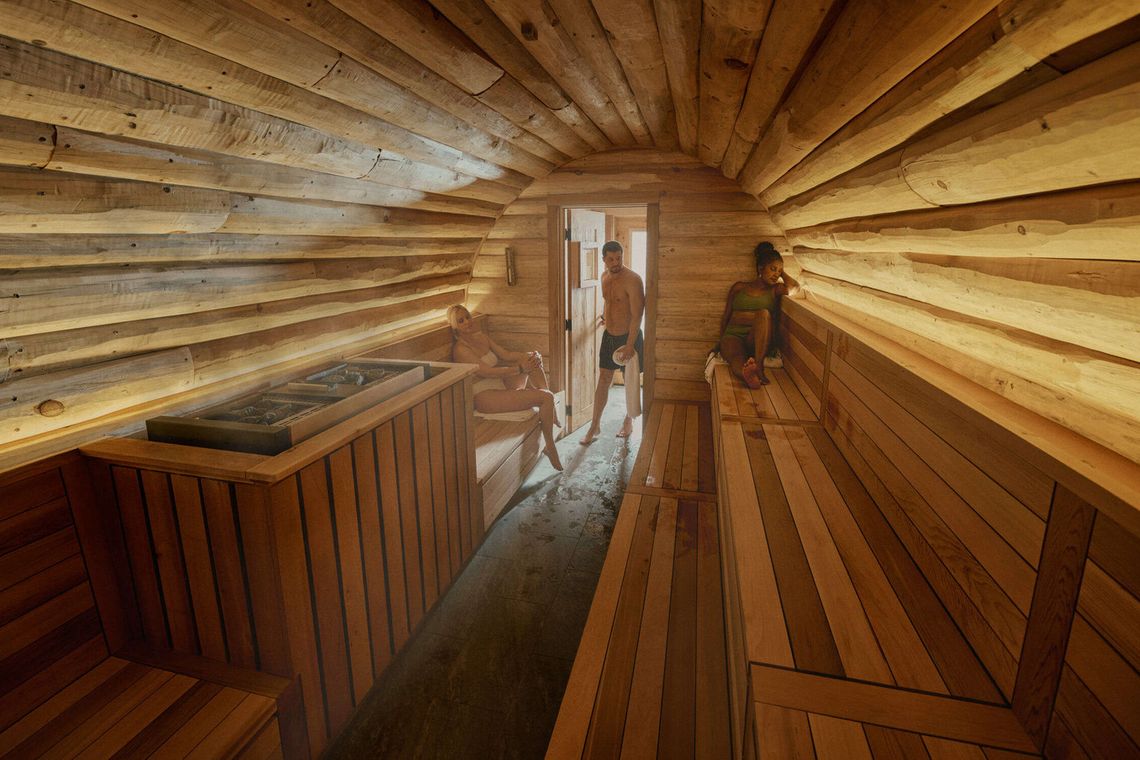
Conclusion: Time to Reconnect


In a world of digital noise and chronic stress, the Finnish sauna offers an essential reset—a space where warmth heals, time slows, and health flourishes. Rooted in ancient wisdom and validated by modern science, sauna bathing is more than a luxury—it’s a lifestyle. Reconnect with your inner smile. Let go of your troubles. Discover why, for thousands of years and still today, the sauna is one of life’s most enduring sources of joy and health.
About the Author



Setor Kunutsor BSc MD MPhil (cantab) PhD (cantab)
Professor, Evelyn Wyrzykowski Research Chair in Cardiology
Section of Cardiology, Department of Internal Medicine, Max Rady College of Medicine, Rady Faculty of Health Sciences, University of Manitoba, Saint Boniface Hospital, Winnipeg MB, R2H 2A6, Canada
Profile: https://umanitoba.ca/medicine/faculty-staff/setor-kunutsor
Dr. Setor K. Kunutsor is a physician-scientist based in the Section of Cardiology, St. Boniface Hospital, University of Manitoba, where he holds the Evelyn Wyrzykowski Research Chair in Cardiology. His clinical research focuses on the burden, prevention, and management of cardiovascular disease, with a special interest in the role of modifiable lifestyle factors such as physical activity, nutrition, cold water immersion, and sauna bathing. Dr. Kunutsor has led pioneering studies on the individual and combined health benefits of Finnish sauna use and exercise, contributing important insights into how these practices can synergistically improve health outcomes. He is a frequent speaker on the topic, having delivered talks and seminars, and authored numerous articles exploring the science and mechanisms underlying sauna therapy. His work has been widely featured in the media, including on the BBC and CBC.
